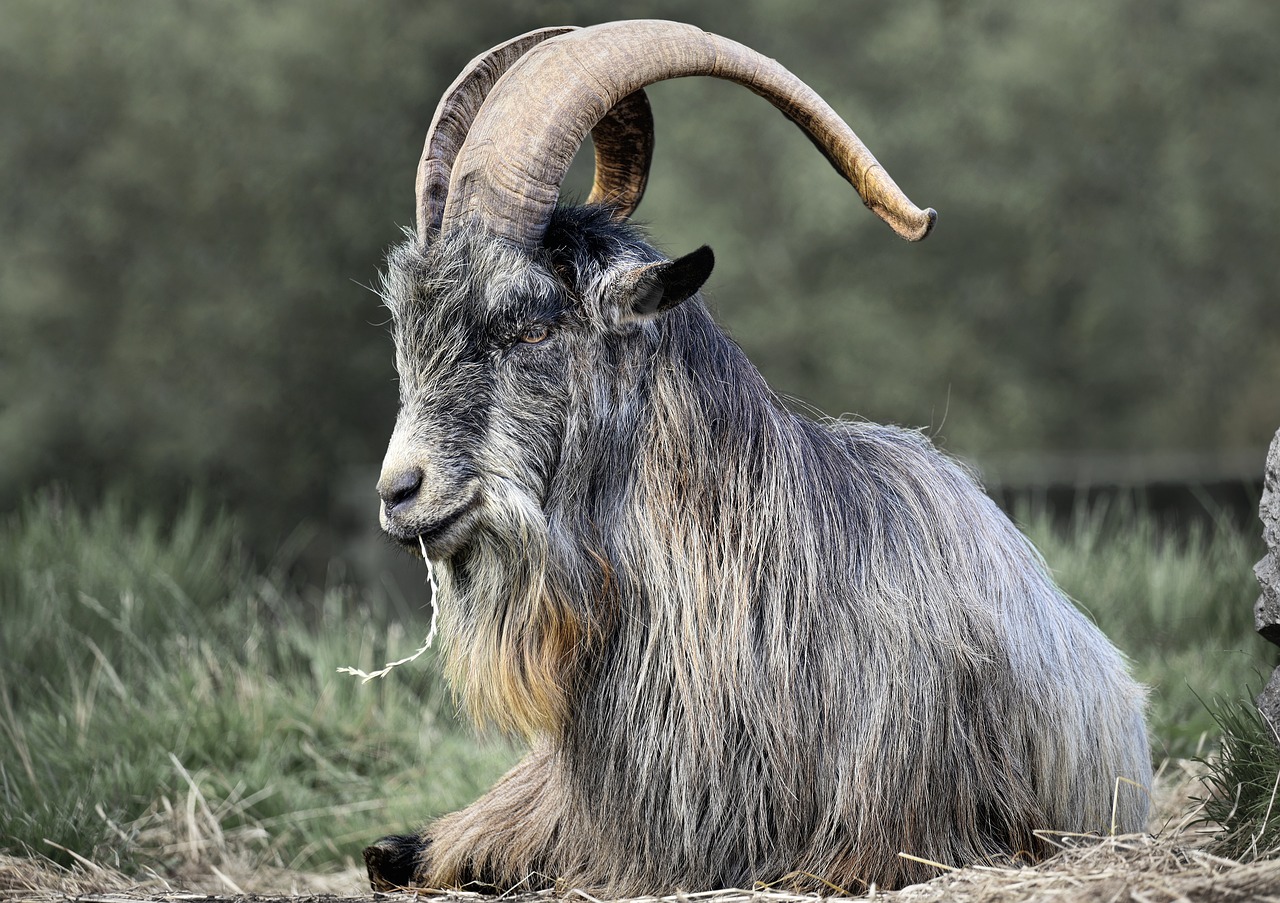The Enigmatic Goddess Clíodhna
Among the captivating figures of Irish mythology, the Goddess Clíodhna stands out prominently, enchanting all those who hear her tale. Renowned as the most beautiful woman of her time, Clíodhna embodies love and reigns as the Queen of the Banshees in Ireland. Her legend is firmly entrenched in the folklore of South Munster, particularly in County Cork, where her powerful essence as a Banshee resonates deeply within the community’s narratives.
The stories surrounding Clíodhna are compelling and exhibit contrasting themes, enhancing the air of mystery that envelops her. Some accounts depict her as a figure of affection and warmth, while others introduce a more sinister and perilous persona. This duality contributes to her status as one of the most intriguing characters in Irish mythology.
The Three Birds of Clíodhna
Clíodhna is said to have resided in the ethereal realm of Tír na nÓg, accompanied at all times by three vibrant birds known for their magical healing abilities. These birds, having feasted on apples from the sacred trees of Tír na nÓg, possessed the unique power to heal those who were unwell. Legend has it that if someone encountered illness or injury, these birds would serenade them into a peaceful slumber, awakening to find their ailments miraculously cured.
In various artistic representations, these birds are often illustrated as exotic parrots or similar creatures; however, I envision them as the colorful songbirds commonly found in the lush Irish landscape. For this portrayal, I’ve depicted them as a robin, a blue tit, and a goldfinch.
Clíodhna and Ciabhán
A narrative woven into Clíodhna’s story features a bittersweet love affair, making it a quintessential part of Irish mythology. Clíodhna fell hopelessly in love with a mortal man named Ciabhán, known for his curling locks. In a remarkable display of devotion, she left her ethereal home with the Tuatha Dé Danann to forge a life with him in the mortal realm.
The tale recounts how Clíodhna would eagerly await Ciabhán by the shore while he was out hunting. One fateful day, while waiting, she fell asleep on the sands. Manannán Mac Lir, a King of the Tuatha Dé Danann, summoned a great wave through his music that swept Clíodhna away, leading to her untimely drowning. Today, the tide at Glandore, County Cork, is referred to as ‘Tonn Chlíodhna’ or ‘Clíodhna’s Wave,’ and there exists a prophecy predicting that she will one day conjure a wave so powerful it will engulf all of Munster.
Clíodhna and The Blarney Stone
One of the more widely known tales involving Clíodhna is the legend associated with the Blarney Stone, an iconic site in Ireland. Cormac McCarthy, during the construction of his castle, faced a daunting lawsuit. Desperate for assistance, he implored Clíodhna for guidance. She appeared to him in a dream, advising him to kiss the first stone he encountered the following morning as he made his way to court.
Obeying her instructions, Cormac kissed the first stone he found and approached the court. With remarkable eloquence and charisma, he presented his case and emerged victorious. This event led to the emergence of the ‘gift of the gab,’ attributed to the Blarney Stone. Elated with his success, McCarthy had the stone embedded in the wall at Blarney Castle, where today, thousands flock to kiss the stone in hopes of receiving Clíodhna’s legendary gift.
Other Tales
The mythology of Clíodhna is rich with additional narratives. Notably, she is known to have lured numerous young men to their demise, using her enchanting beauty to lead them to the shore where they would ultimately drown. This aspect of her story has inspired a superstition that it is considered bad luck to encounter a woman before embarking on a sea voyage.
Clíodhna is also associated with several ancient families of Munster, including the McCarthys, the O’Donovans, and the O’Collins. It is believed that these lineages are the only ones able to hear her wail as a Banshee at the time of death, a phenomenon that is claimed not to have occurred for many generations.



